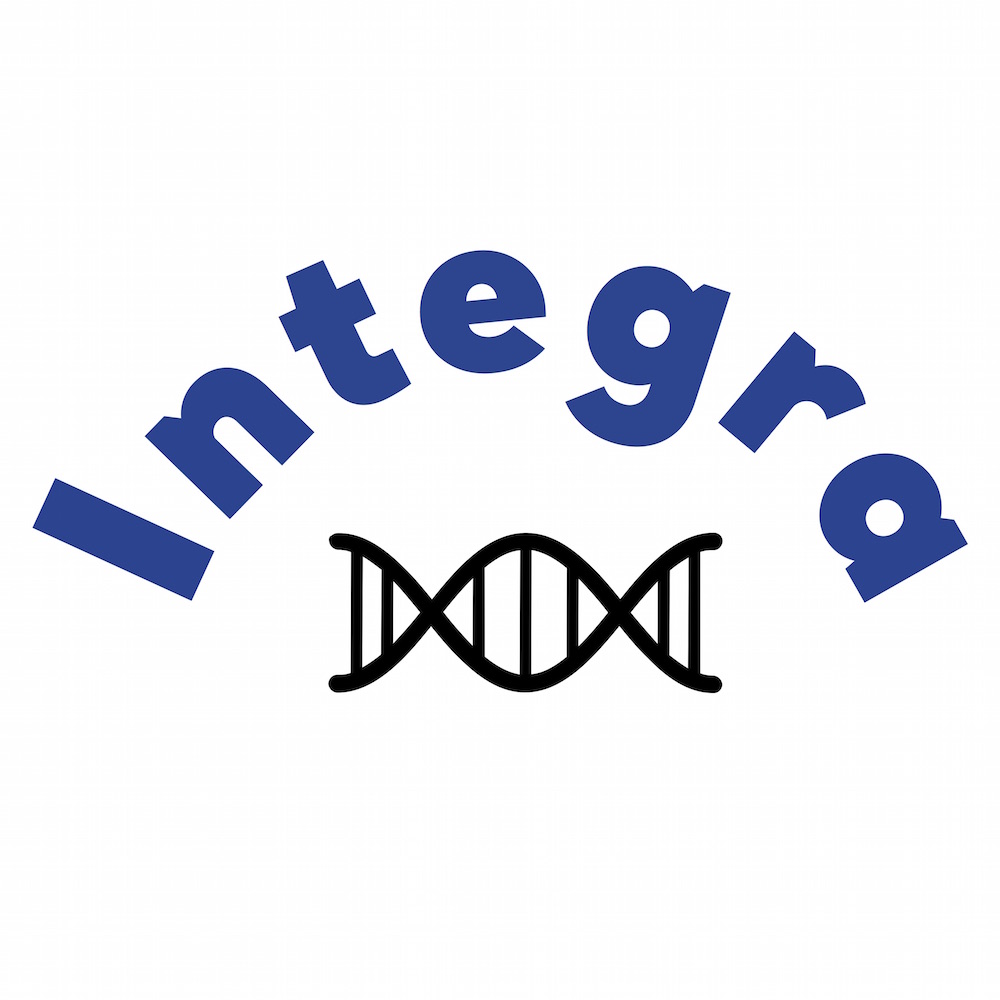INTEGRA – The first step to enhance CERIC’s life science capabilities
Principal Investigator (PI): Heinz Amenitsch
 The aims of the INTEGRA project are to reinforce, enlarge and better integrate the offer of the CERIC-ERIC partner facilities in the field of Life Sciences, to provide a multidisciplinary, distributed and interconnected platform covering a wide range of biological targets, from molecules to tissues and organisms.
The aims of the INTEGRA project are to reinforce, enlarge and better integrate the offer of the CERIC-ERIC partner facilities in the field of Life Sciences, to provide a multidisciplinary, distributed and interconnected platform covering a wide range of biological targets, from molecules to tissues and organisms.
The INTEGRA project has been formulated around three pillars defined by the structural level, i.e. techniques probing the atoms/proteins, the cell level, the tissue/animal/human levels, with the aim to reinforce their potential overlap.
The proposed upgrade within INTEGRA will involve seven infrastructures located in three different representing entities: Elettra – Sincrotrone Trieste S.C.p.A. (Elettra), the University of Technology in Graz (TUG) and the Slovenian Nuclear Magnetic Resonance Center in Ljubjana (NMR).
Within INTEGRA seven beamlines/laboratories will upgrade their instrumentation or purchase new instruments.
With INTEGRA, we propose to invest into new a state-of-art experimental station equipped with data storage and computing facility usable for multipurpose imaging applications in the life science that will considerably improve the performance of the present setup at SYRMEP.
Task leader: Giuliana Tromba
The implementation of SISSI-BOFF will be pursued through the purchase of the photo-thermal and imaging module.
Task leader: Lisa Vaccari
The TwinMic upgrade program consists of mainly two parts: extension of the operational energy range and implementation of novel advanced imaging modes.
Task leader: Alessandra Gianoncelli
The Structural Biology Lab will implement a chromatographic system coupled to a compact detector to measure absolute mass of proteins and other molecular polymers and controlled by dedicated software for data reconstruction and analysis.
Task leader: Paola Storici
Upgrade fluorescence microscopy setup towards single molecule tracking capabilities.
Task leader: Loredana Casalis
The BioSAXS upgrade programme consists of mainly two parts, which are connected to each other. The first one, the HPLC. The other one, the microdrop sample robot.
Task leader: Heinz Amenitsch
NMR probe will be useful for life science projects, especially in the field of metabolomics. HR-MAS sample changer will enable better use of the measurement time by automatically inserting samples into the probes.
Task leader: Primoz Sket
-
25.03.2025
ESBY Project
-
25.03.2025
STEAM Project



